I have two distributions where the probability density from [-0.05, 0) is 0 and defined using interpolation for [0,1].
import matplotlib.pyplot as plt
import numpy as np
from scipy import signal
step = 1e-3
x = np.arange(-0.05, 1, step)
x_0minus = x[x<0]
x_0plus = x[x>0]
pdf1 = np.concatenate([np.repeat(0, len(x_0minus)), np.interp(x_0plus, [0, 0.08, 0.28], [0, 80, 0])])
pdf2 = np.concatenate([np.repeat(0, len(x_0minus)), np.interp(x_0plus, [0, 0.1, 0.3, 0.31], [60, 60, 60, 0])])
We plot these for reference.
plt.scatter(x = x, y = pdf1)

I don't understand why when I convolve these using fftconvolve, the resultant distribution has a non-zero probability density for values below 0. I'd like to remedy this without setting the range to be [-1,1], because that would be a computational waste in my actual use-case.
res = signal.fftconvolve(pdf1 / pdf1.sum(), pdf2 / pdf2.sum(), 'same')
plt.scatter(x = x, y = res)

